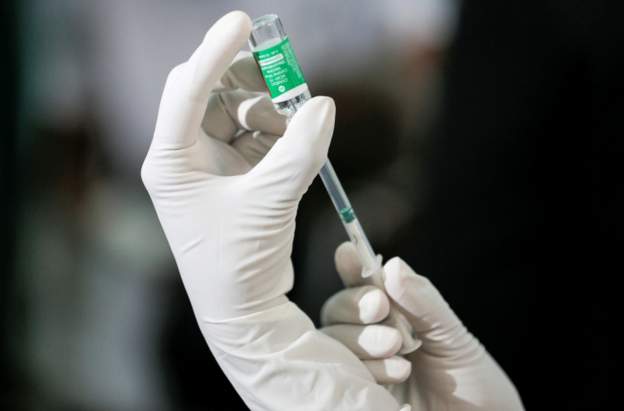In the past, vaccines have been known to be substances that teach the body to recognise and defend itself against infections from harmful pathogens, such as bacteria, viruses and parasites.
This is because they contained a harmless element of the infectious agent that directly stimulates the immune system to mount a response, beginning with the production of antibodies. Vaccines seek to provide active acquired immunity to particular infectious diseases.
They stimulate the body's immune system to prepare itself in the event that infection occurs. Cells that are responsive to the vaccine proliferate in order to manufacture antibodies specific to the provoking agent and also to form 'memory cells'.
Upon encountering the infectious agent a second time, these memory cells are quickly able to deal with the threat by producing sufficient quantities of antibody. Pathogens inside the body are eventually destroyed, thereby thwarting further infection.
Several infectious diseases including smallpox, measles, mumps, rubella, diphtheria, tetanus, whooping cough, tuberculosis and polio are no longer a threat in Europe due to the successful application of vaccines.
This is not different in the case of Ghana and Africa. Low-cost vaccines against preventable diseases have contributed to the reduction in childhood mortality.
Latest Stories
-
19 steps for getting over even the most devastating breakup fast
1 hour -
8th Ghana CEO Summit launched with focus on AI transformation, economic diversification
1 hour -
Prof Opoku-Agyemang has not been given a fair appraisal – Ablakwa
1 hour -
Rainstorm wreaks havoc in Keta and Anloga districts, residents count their losses
1 hour -
Global Plastics Treaty negotiations begin in Ottawa as countries converge on phasing out problematic plastic uses
2 hours -
Support energy alternatives adoption to sustain businesses – GUTA tells government
2 hours -
11th DRIF opens in Accra with a call on governments to focus on digital inclusion
2 hours -
Stakeholders outline plans at RE4C Coalition’s General Assembly in Accra
2 hours -
Women Need ‘shock observers’ for active political participation – Ex-Bauchi Assembly Member
2 hours -
2024 polls: Stop fighting over positions in Mahama’s next government – Asiedu Nketiah
2 hours -
Although people may not always listen to the lyrics, there’s still a market for rap in Ghana – E.L.
2 hours -
Passengers appeal to transport operators to officially announce new fares
2 hours -
Damongo: About 400 NPP Members resign over Minister’s alleged meddling in chieftaincy affairs
3 hours -
Next NDC government will pay special attention to women – Naana Opoku-Agyemang
3 hours -
Amerado is singing and it’s good he’s doing that – Lyrical Joe
3 hours

